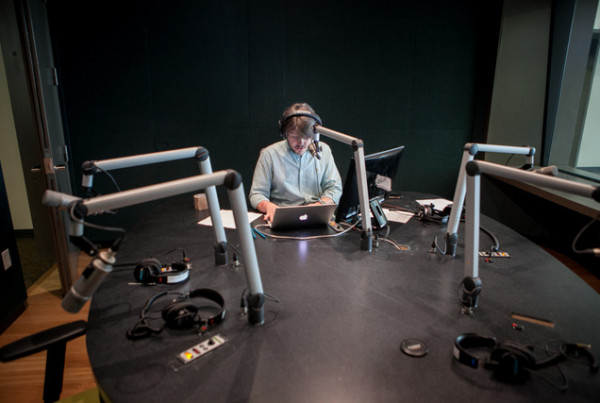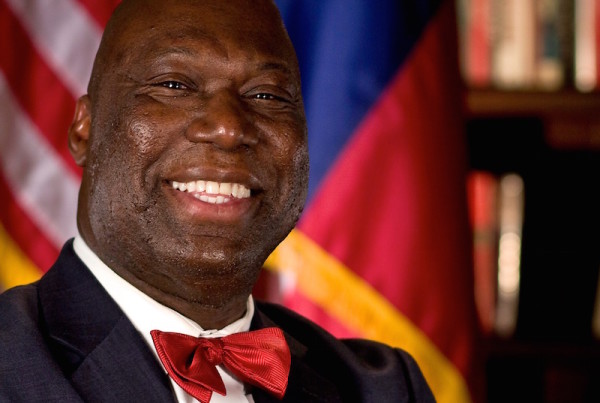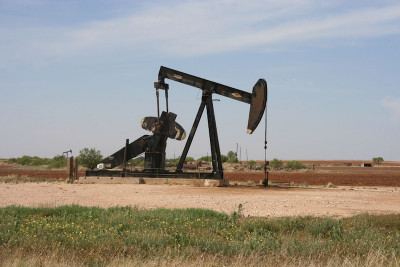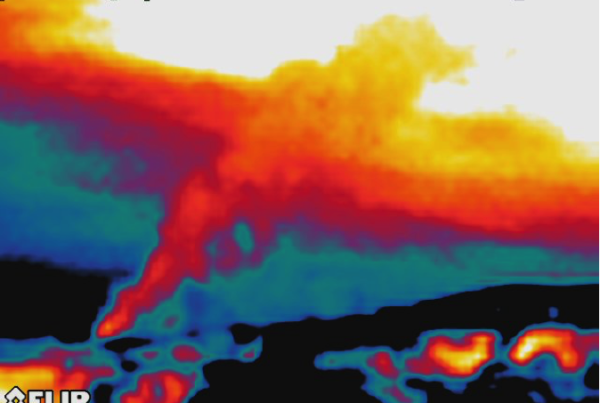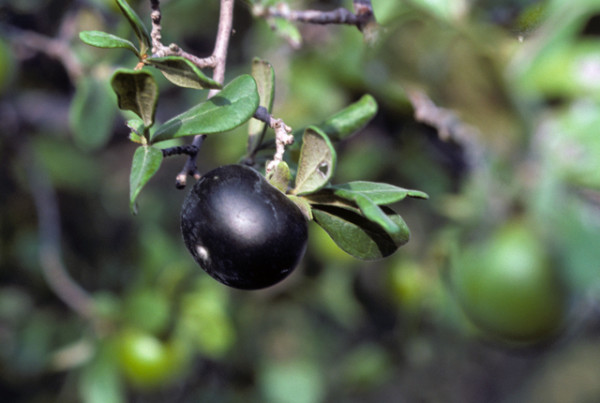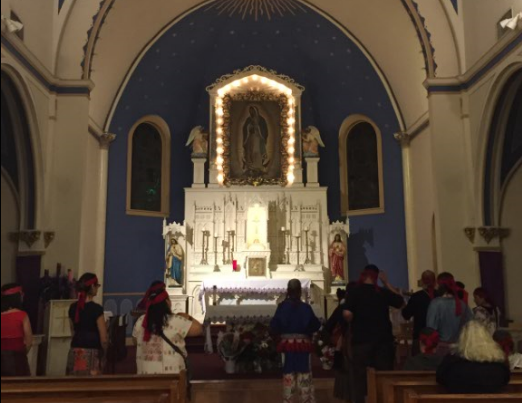If you attended the Texas Craft Brewers festival earlier this year, you saw the work of more than 60 of those craft brewers. It was an opportunity for these breweries to get their brands and their beers in front of the drinking public because many haven’t been around for very long.
“Craft beer is definitely on a boom. You can notice it when you walk into any local grocery store,” Adam Moulton says. “The big guys are stuck in a corner and it’s just a plethora of colors of different breweries all over the place.”
Moulton works with Karbach Brewing, based in Houston. Karbach’s only been around since 2011, but it’s hardly the new kid on the block.
“There are a lot of breweries out there now,” he says. “The competition is stout.”
Still, if you’re looking for old school Texas craft brewers, there are some to choose from – St. Arnold‘s in Houston has been in the business since 1994. Frank Mancuso has been there since the early days.
“When we started, there probably wasn’t maybe a dozen breweries in the whole state of Texas,” Frank Mancuso says. “And now we’re still around, some of the ones that were there are no longer around.”
But in the cycle of boom and bust, one Texas brewery has stood the test of time: Spoetzl, but you probably know it better as Shiner.
“It’s really Texas’s oldest craft brewery,” Shiner employee Casey Curbello says. “Been doing it since 1909 – a bunch of Czech and German immigrants settled into Shiner, Texas, and wanted to bring beer over and start brewing like they’d done it in their home country and have been doing it for 106 years.”
But even Spoetzl, which now pumps out more than six million cases of Shiner brands to 49 states each year, almost didn’t make it.
“Right in the late 80s, it was right on the verge of there was a point in time where we could have very easily shut our doors and called it a day,” Curbello says.
Historically, there are more examples of breweries that didn’t make it than did. According to the Texas State Historical Association, Western Brewery in San Antonio is commonly considered the first commercial Texas brewery in 1855. The 1860 census listed 11 Texas breweries. That number surged to 58 by 1876, but that’s when we the first bubble burst.
Anheuser-Busch and the like had become readily available in Texas at cheaper prices. Western Brewery soon shut its doors but a few managed to stay open with loyal local support.
“Well we know in 1879 Mr. Kreische was the third-largest beer producer in Texas,” Dennis Smith says.
Heinrich Kreische had opened his brewery in LaGrange. A stone mason, he built a unique setup that’s actually now part of the state’s only historical site that happens to be a brewery. Smith is the park superintendent.
“Mr. Kreische built his brewery in the ravine,” he says. “It was a spring-fed ravine and he was able to use that fresh water from the spring as well as gravity and airflow to his advantage by building this brewery down this ravine and was able to have somewhat of a subterranean room for cooling and lagering the beer.”
Kreische Brewery stayed pretty strong up until the 1880s, when Mr. Kreische’s death and other factors led to its ultimate demise, but you can still visit the ruins.
“Unfortunately we get some people that come in that somehow believe that this was an operating brewery and although they’re somewhat disappointed that they’re not going to get a cold drink when they come, they are very interested in the fact that this is a historic brewery,” Smith says.
Fast-forward to today, it’s not any clearer which breweries will last the latest boom and inevitable bust that will follow.
“It’s going to be interesting in the next few years to see kind of if it stabilizes and ‘stronger’ craft breweries continue to persevere and survive,” Curbello says.
St. Arnold’s Frank Mancuso agrees.
“There’s going to be some shakeout no doubt about it,” he says. “And I imagine somebody’s going to run out of money at some point. I don’t think it’ll be a big bubble but there will be some shakeout and probably some merging – that’s actually already taking place.”
But the newer breweries are, perhaps unsurprisingly, the most optimistic, like Adam Moulton with Karbach.
“I’ve heard a lot of people talk about it, craft beer, as being a bubble,” he says. “But if you’ve ever seen beer being brewed, there’s a lot of bubbles and all of them burst but, you know what, there’s more coming behind it.”
Any craft beer lover can drink to that.




